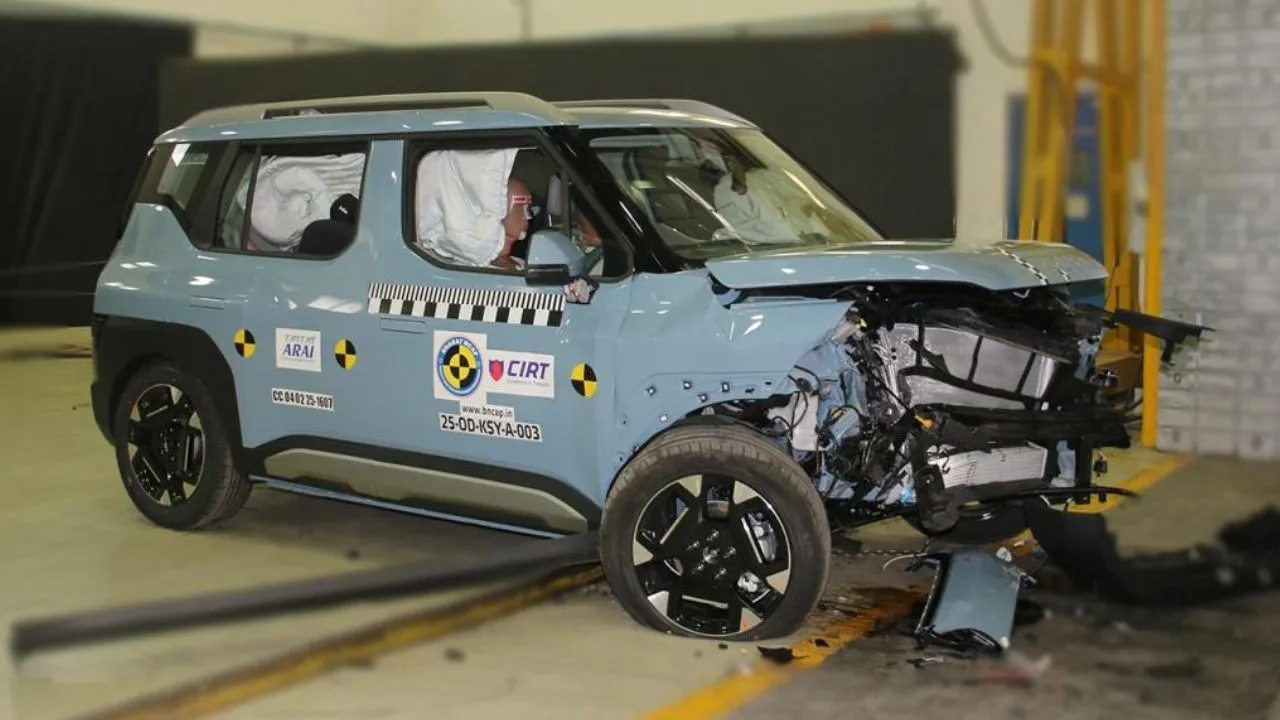Are films and television a threat to road safety?
From films to television shows, a lot of content we consume today shows an absolute disregard for road safety and the law. Ravi Ved thinks it’s time we hold the entertainment industry responsible for setting wrong examples for the younger generation.

From films to television shows, a lot of content we consume today shows an absolute disregard for road safety and the law. Ravi Ved thinks it’s time we hold the entertainment industry responsible for setting wrong examples for the younger generation.
A few years ago, when the Central Board of Film Certification (CBFC) made statutory warnings mandatory in all smoking and drinking scenes, it evoked a mixed reaction from the entertainment industry. While some were firmly in favour of the move, others openly criticised it as a primitive line of thought. Having studied filmmaking briefly in the past, I totally understand that cigarettes and alcohol – just like costumes – are tools used to establish character, but I’m still firmly in favour of CBFC’s move. However, each time I see one of these statutory warnings flashing on the screen, I can’t help but wonder why similar notices aren’t shown on screen for road safety. Isn’t it as big an issue?
Just the other day, I watched the trailer of Ranveer Singh’s recent movie Simmba. Like any other Rohit Shetty film, this one too has a lot of action sequences and stunts – remember the famous scene from Singham in which Ajay Devgan gets out of a drifting Scorpio? From stunts performed in movies like Dhoom to regular commuting without a helmet in 3 Idiots, the examples are endless. And it isn’t just Bollywood. There is an equal number of cases in Hollywood too – from Black Widow riding the Harley Davidson Livewire without a lid in Avengers: Age of Ultron to Trinity riding the Ducati 996 in the chase sequence in Matrix Reloaded. And each time I watch a film with such a scene I can’t help but feel vexed.
Sure, these stunts look exceptional, dramatic and entertaining on the big screen, but they also subconsciously influence the audience. Each of these films manages to make breaking the law look cool to the extent that the young get swayed into believing that it’s all right to imitate their favourite stars.

Some might debate that a lot of these movies do have disclaimers – ‘stunts are performed by professionals in controlled environments’ – but they are only on the screen for a few seconds before the start of the film. So, the question that really needs answering here is – ‘is it enough?’ For me, a simple blank screen with a disclaimer in text form doesn’t dissolve the impact well enough.
While it cannot be strongly proved by data but it’s universally known that content consumed in the form of movies and television does influence the young. The fact that you often hear the Dhoom theme used as motorcycle horns in India is proof enough. We may watch movies to refresh the mood or simply because we like to watch them, but for a large part of the younger audience, these stunts stay with them in the subconscious mind. And they try to look ‘cool’ by doing something similar in real life.
If the audience can’t distinguish between reel life and real life, is it not the filmmaker’s moral responsibility to help them? And it isn’t just about the stunts. From speaking on the mobile while driving and riding a motorcycle with three on board to jumping a red light, films and television show absolutely disregard road safety and laws. It’s appalling to see the entertainment industry getting away with such content all the time. While every industry is held responsible for the trash that they discard, why should the entertainment industry be discounted?








Write your Comment on